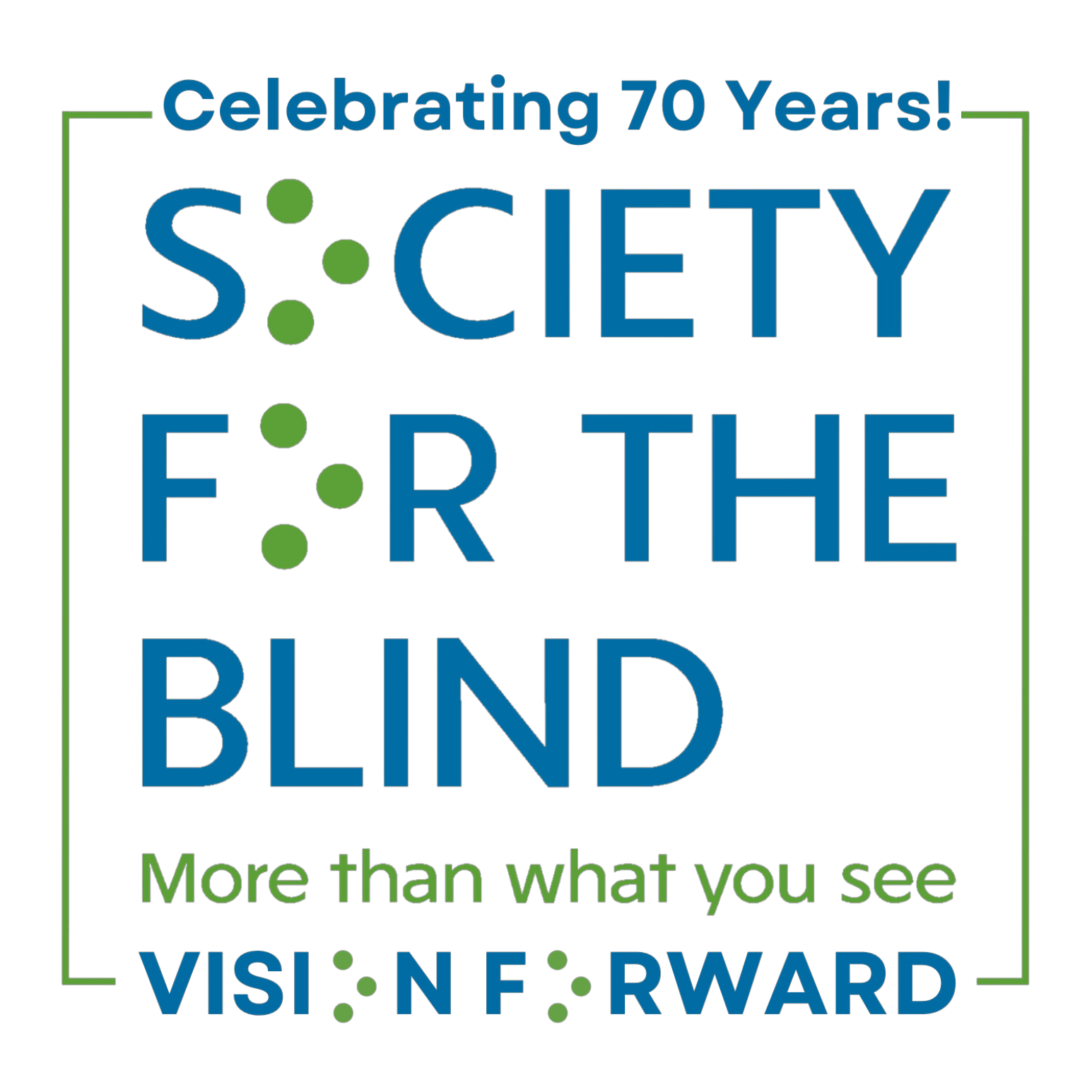Creating a Truly Accessible Online Experience – It’s Worth the Effort!
I want to extend my heartfelt thanks to everyone who contributed to Society for the Blind for the Big Day of Giving. Thanks to your generosity, we raised more than $83,000 for our Braille Production and Training Program. Braille is a critical tool for literacy for children with vision loss and an important means of communication and independence for adults. Braille provides ready access to information for so many people living with blindness or low vision.
May is the month when accessibility to online and print information for people with vision loss, hearing loss and other disabilities is highlighted. There have been many improvements in digital access and there continues to be a need for more work to increase accessibility.
May 18 is Global Accessibility Awareness Day (GAAD). The purpose of GAAD is to get everyone talking, thinking and learning about digital access and inclusion. There are an estimated 3.2 million Americans living with vision loss and blindness. That number is expected to more than double over the next 10 years as our country’s population ages.

Student uses a Braille reader with her laptop.
This makes digital access all the more important as we use the internet and apps to conduct so much of our business, health care and personal activities. Bradley Rickard with the Blind Institute of Technology, one of Society’s partners for employment training for our clients, experienced first-hand the struggles with web browsers and inadequate font sizes as a person who is legally blind.
“If you incorporate people with disabilities and an awareness of their unique use cases in every stage of the design process, you are going to create a more accessible, usable product, not only for those people who have disabilities, but for everyone,” Bradley said. “And in the long run, from a business perspective, it tends to be more cost-efficient in terms of finances and allocation of time and resources.”
Recently, Society for the Blind provided accessibility assessments and consulting for two area businesses who learned their sites were not fully accessible to people with vision loss. We were able to identify the parts of their web sites that were not working well and guide them in how to make sites work with screen readers, such as JAWS (Jobs Access With Speech) and NVDA (NonVisual Desktop Access).
The internet is a very important resource for everyone, and it is imperative that it be open and fully accessible to people of varying abilities. The following are some design features suggested by Inclusion Hub, which help users who are blind or have low vision access the internet:
- Use of Color: Ensure that color is not used as the only visual means of conveying information. Often times color is used to indicate required fields or warning messages.
- Use of Contrast: For people with low vision, color contrast will help them read the material on the website.
- Resize Text: Enable users to scale text to 200%.
- Text Spacing: Ensure users can adjust line height, letter spacing and word spacing to meet the current Web Content Accessibility Guidelines.
Society for the Blind is committed to improving and increasing Braille and digital access for everyone we serve and the broader community. It may take a little extra time and effort to create accessible business, education and social websites, but the end result is that people with vision loss, hearing loss or other physical disabilities are able to access and fully engage in activities and access resources online.
